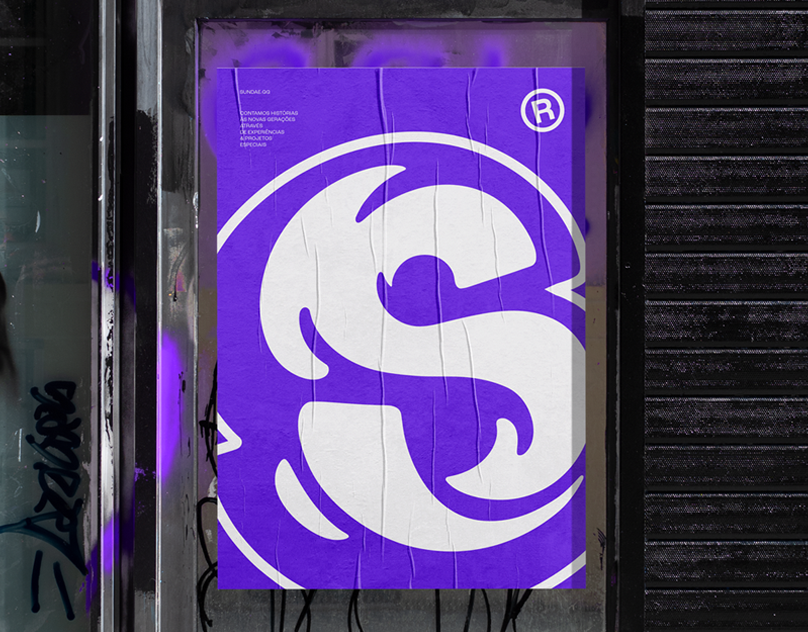"Generative art refers to any art practice where the artist uses a system,
such as a set of natural language rules, a computer program, a machine,
or other procedural invention, which is set into motion with some degree of
autonomy contributing to or resulting in a completed work of art.”
-Philip Galanter
For a graphic designer, generative techniques do not have to be a lofty unattainable process
governed by complicated mathematics and coding, which are difficult to understand and implement.
Instead, generative designs should be perceived as a way to make visual design:
Dynamic
In constant flux, activity or progress
Responsive
Reactive to a designer’s rules and a user’s needs or promptings
Novel
Offers opportunities to present fresh outcomes through iteration, play and discovery
Emergent
Produces controlled complexity through the interactions of simple components
Iterative
Able to produce numerous outcomes with cohesive visual properties
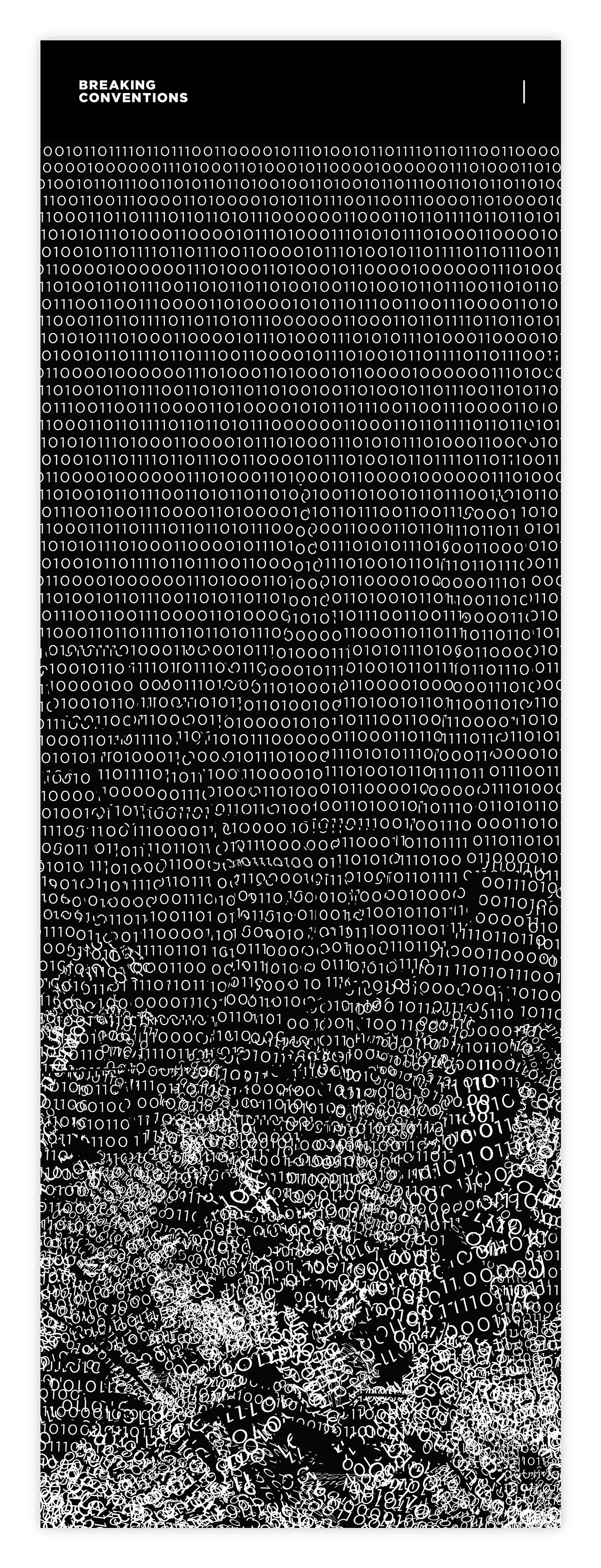
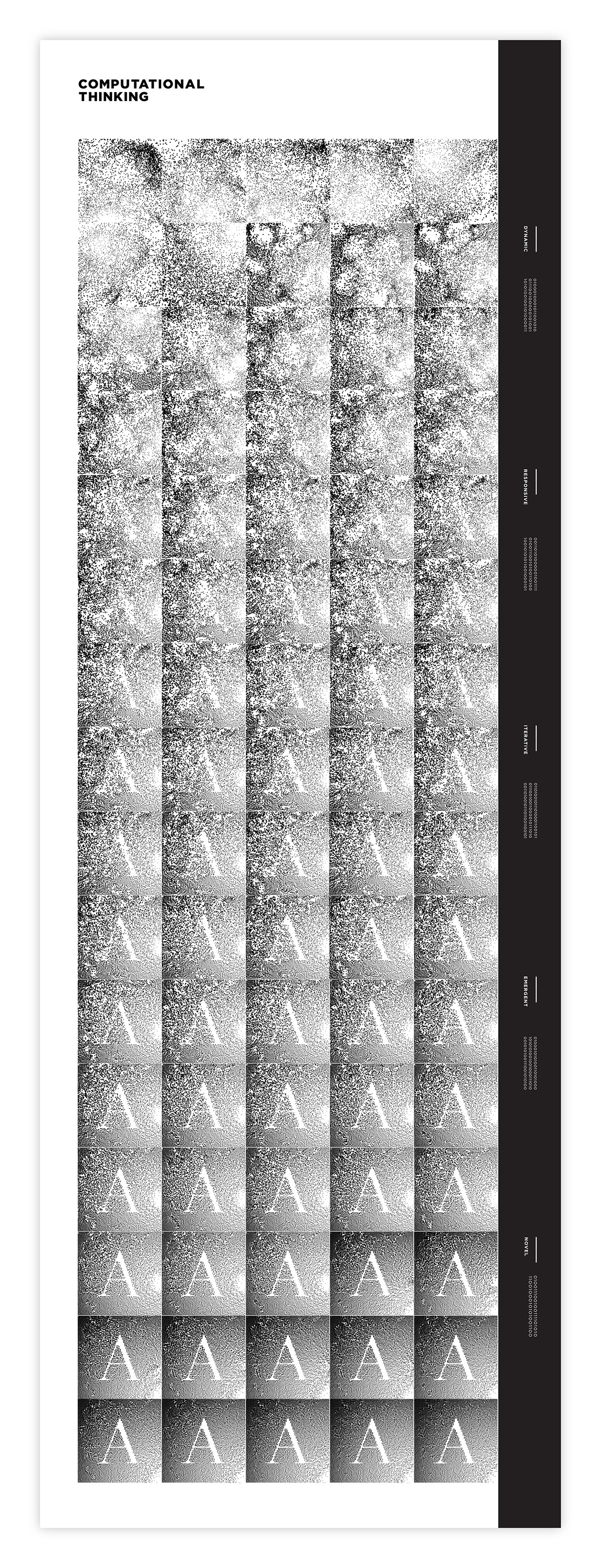
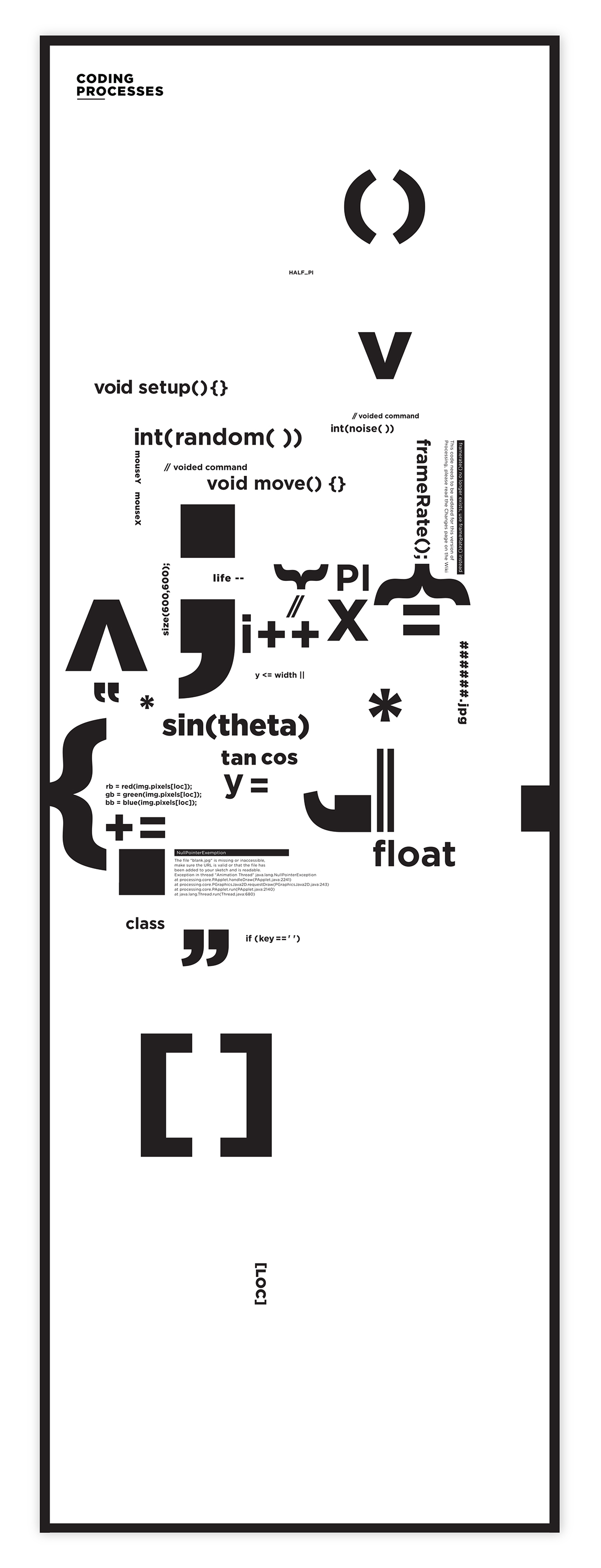
Changing simple variables in the code influenced the letterforms a different way each
time the "sketch" was run. In this way, a designer may change a graphic many times over while
keeping a cohesive visual style. These videos display a screen capture of the code running in a
Java Applet, which was exported from Processing. The quality of each output varied greatly.
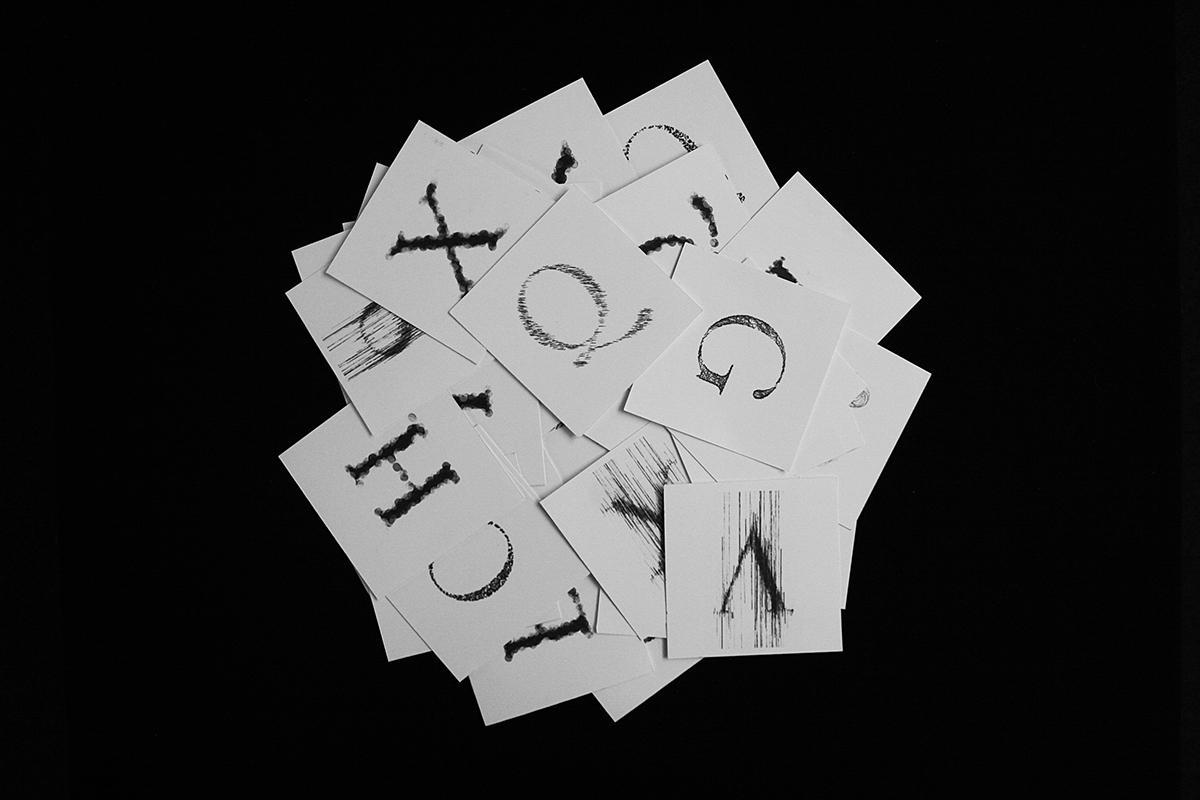
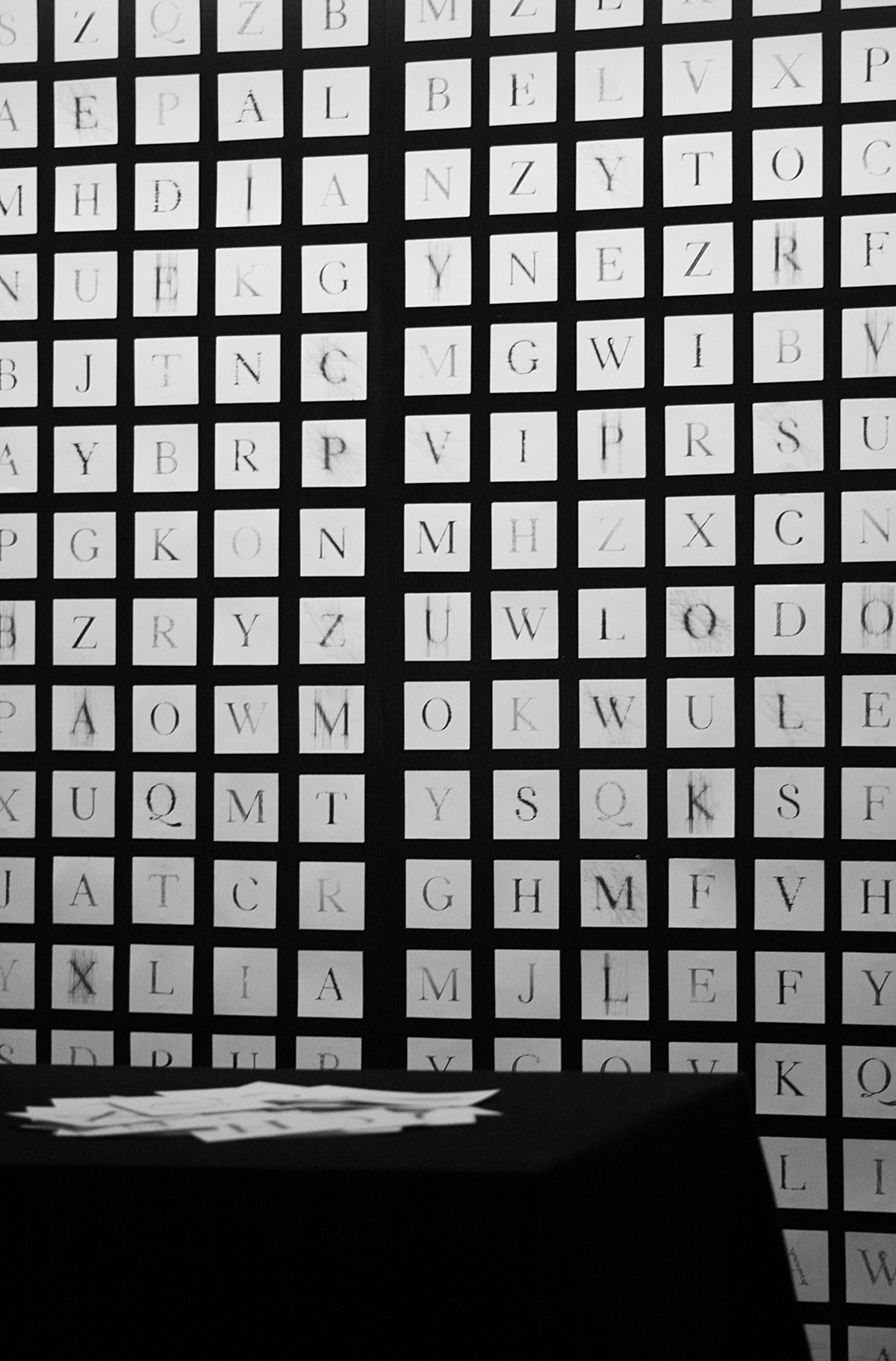
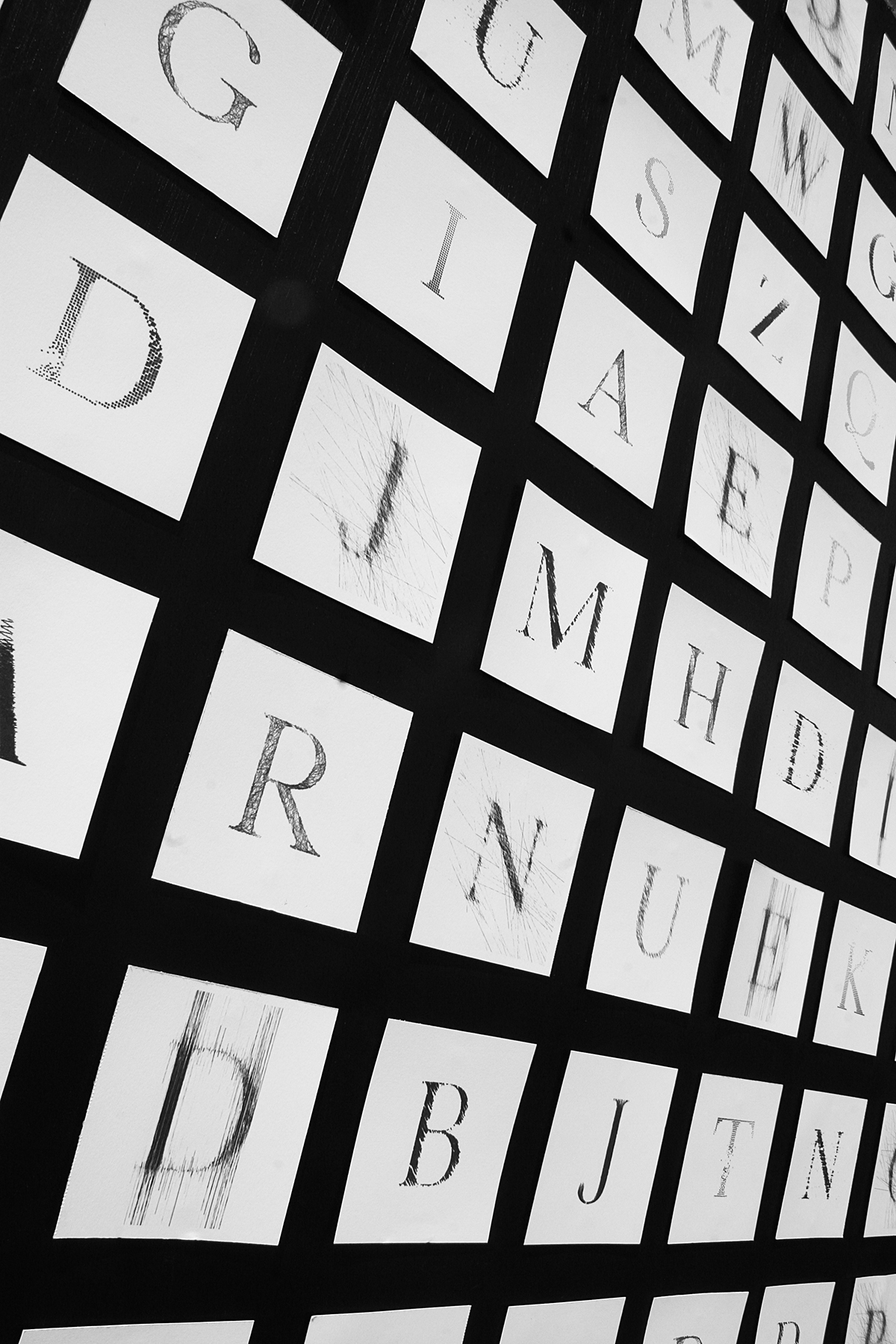
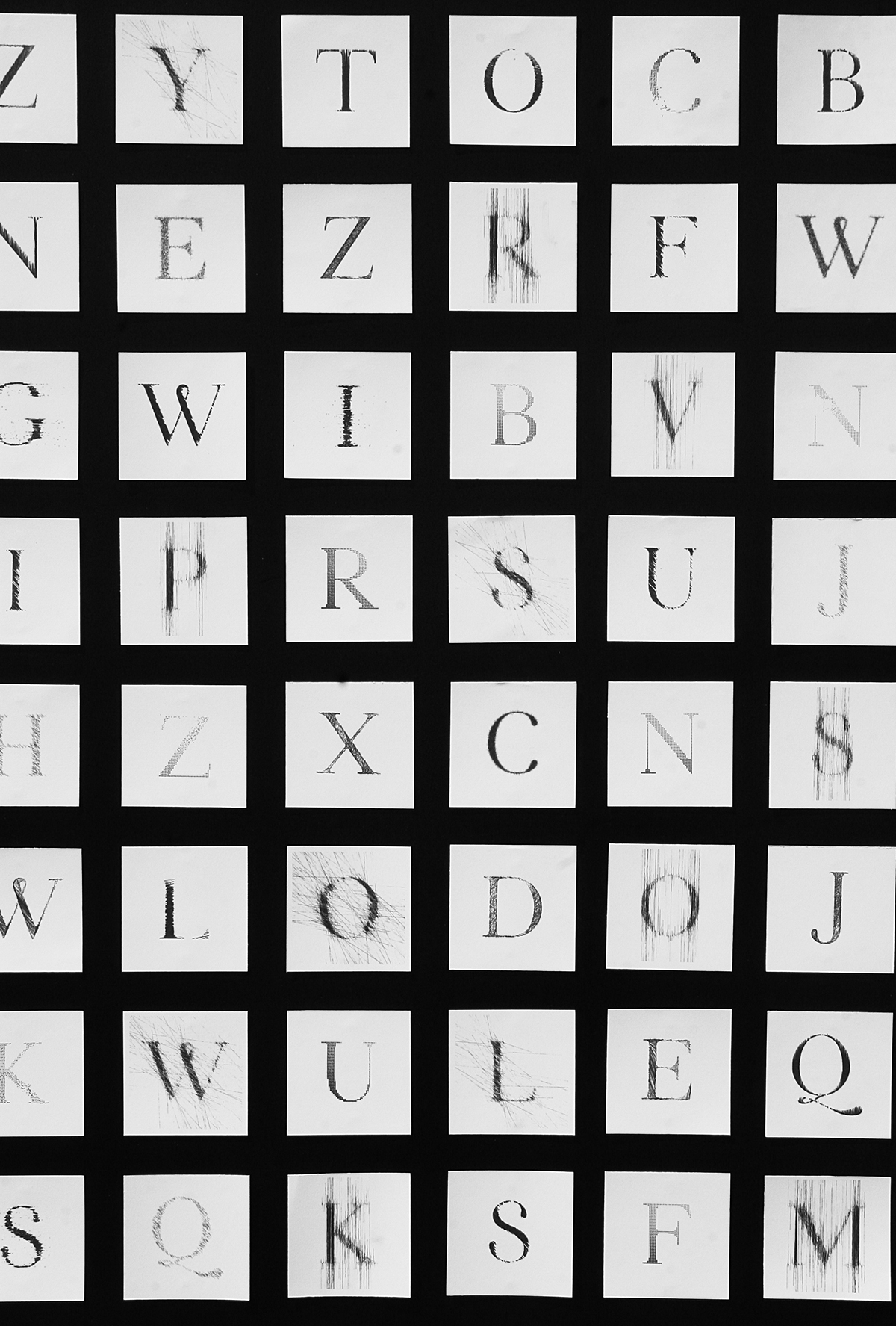
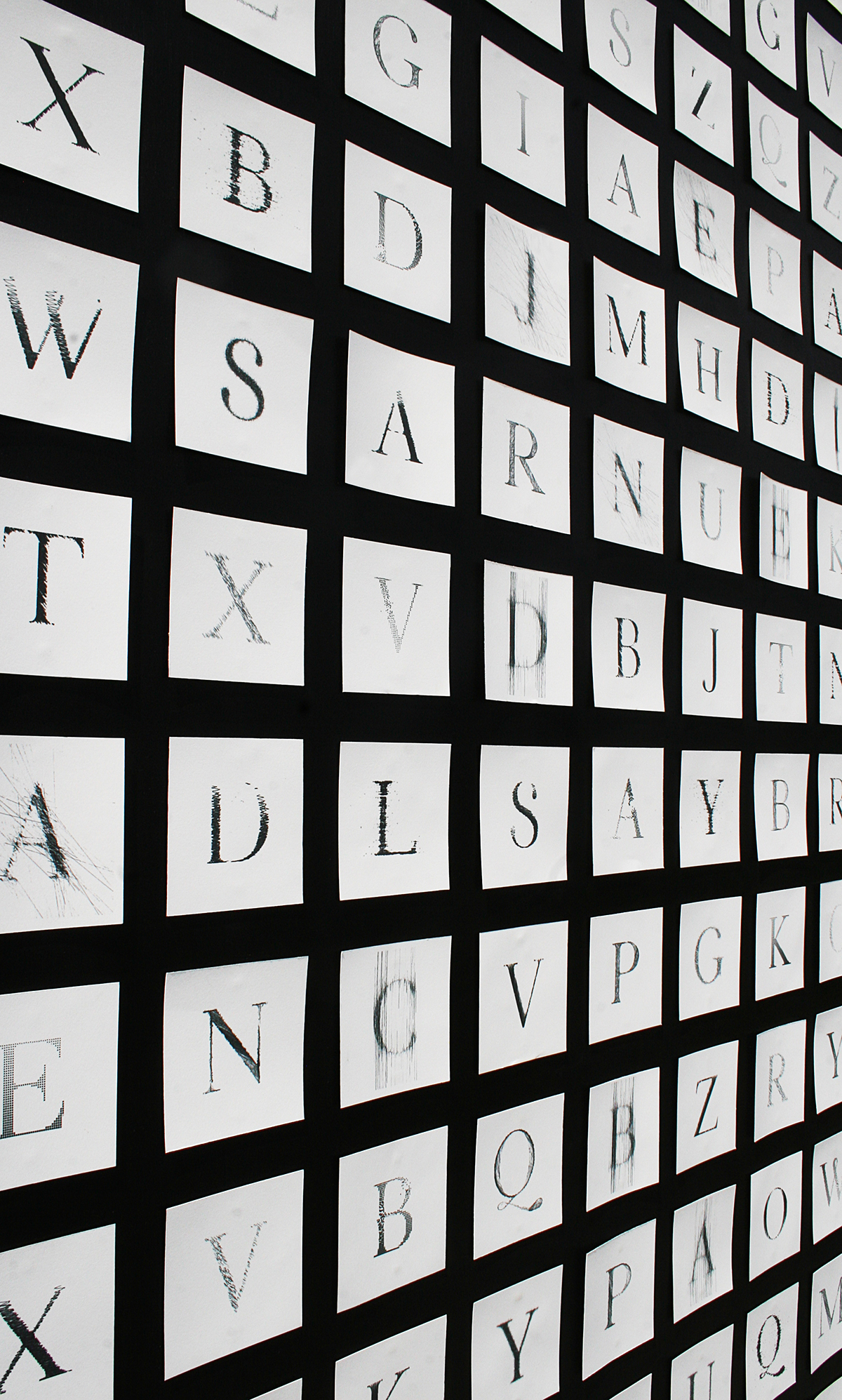
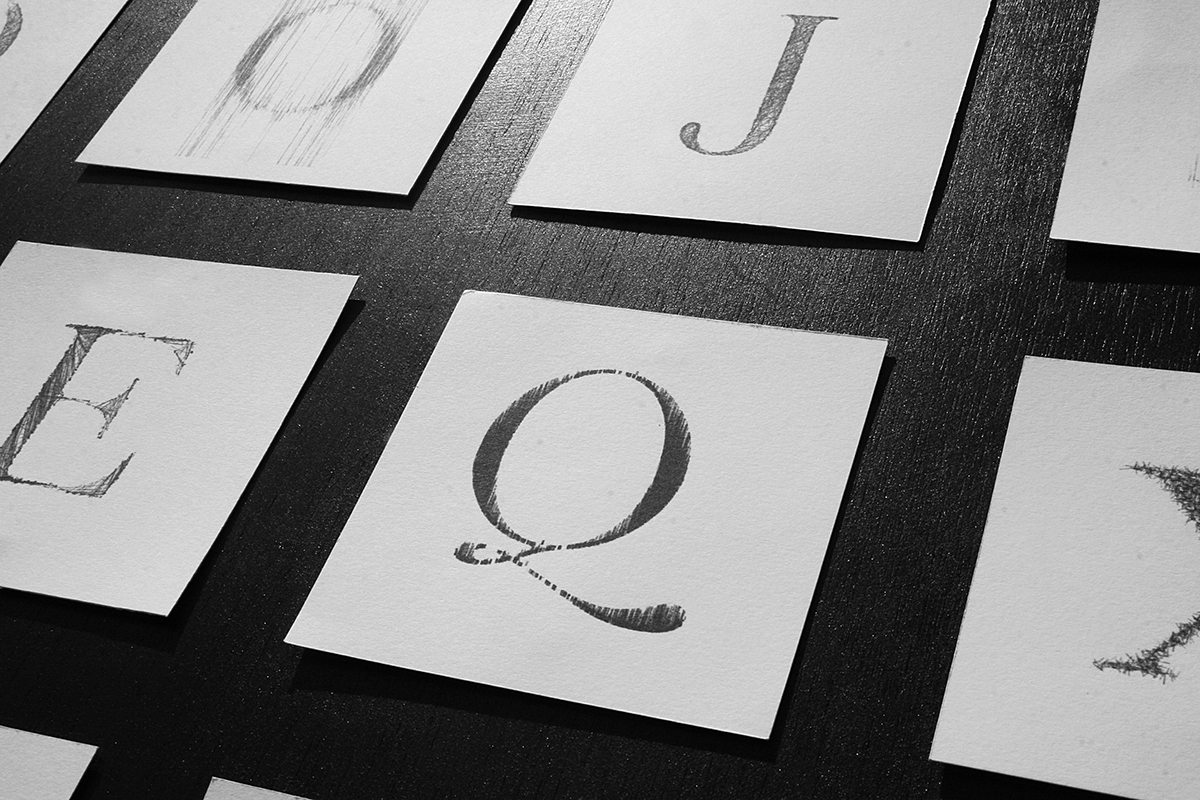
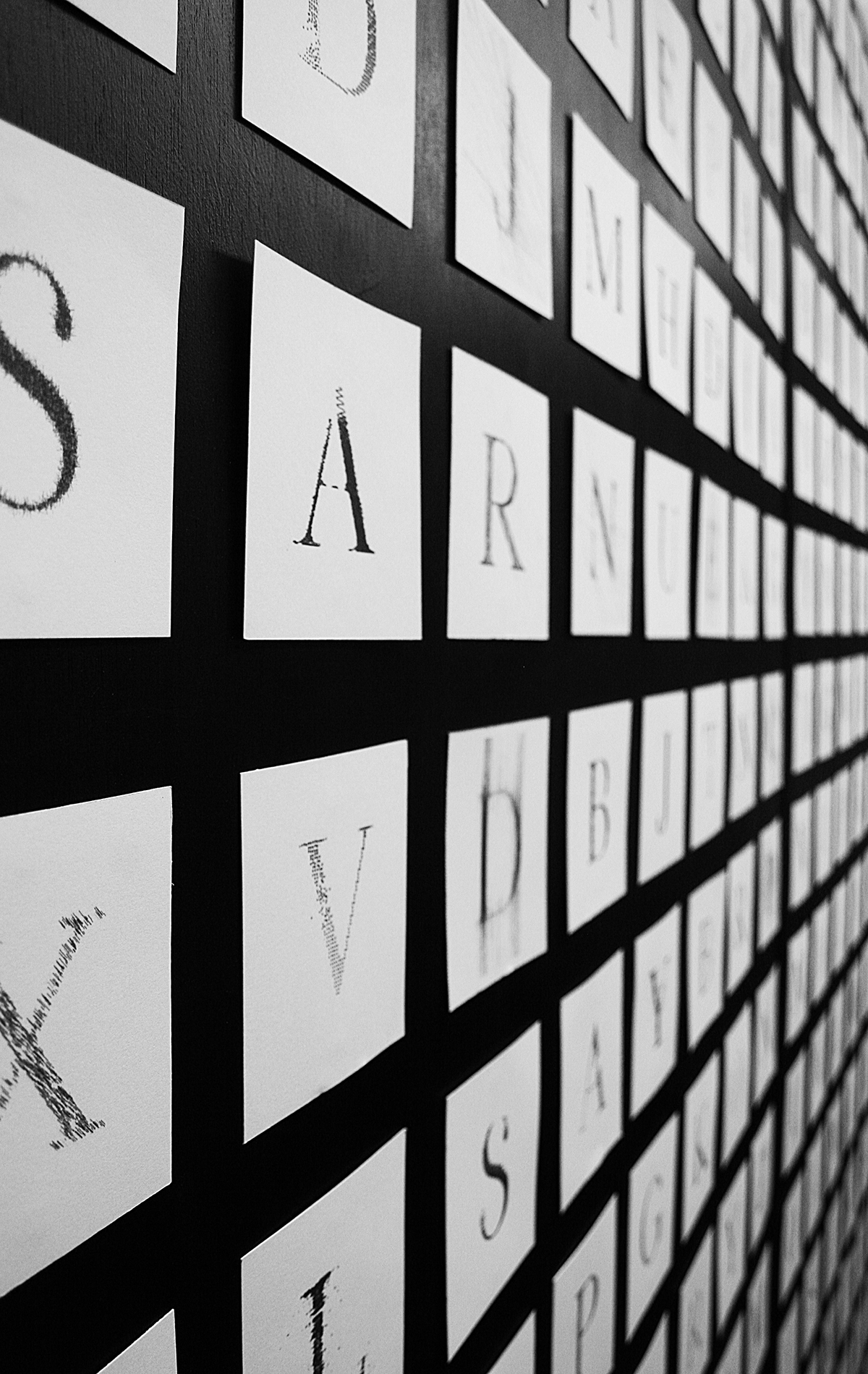
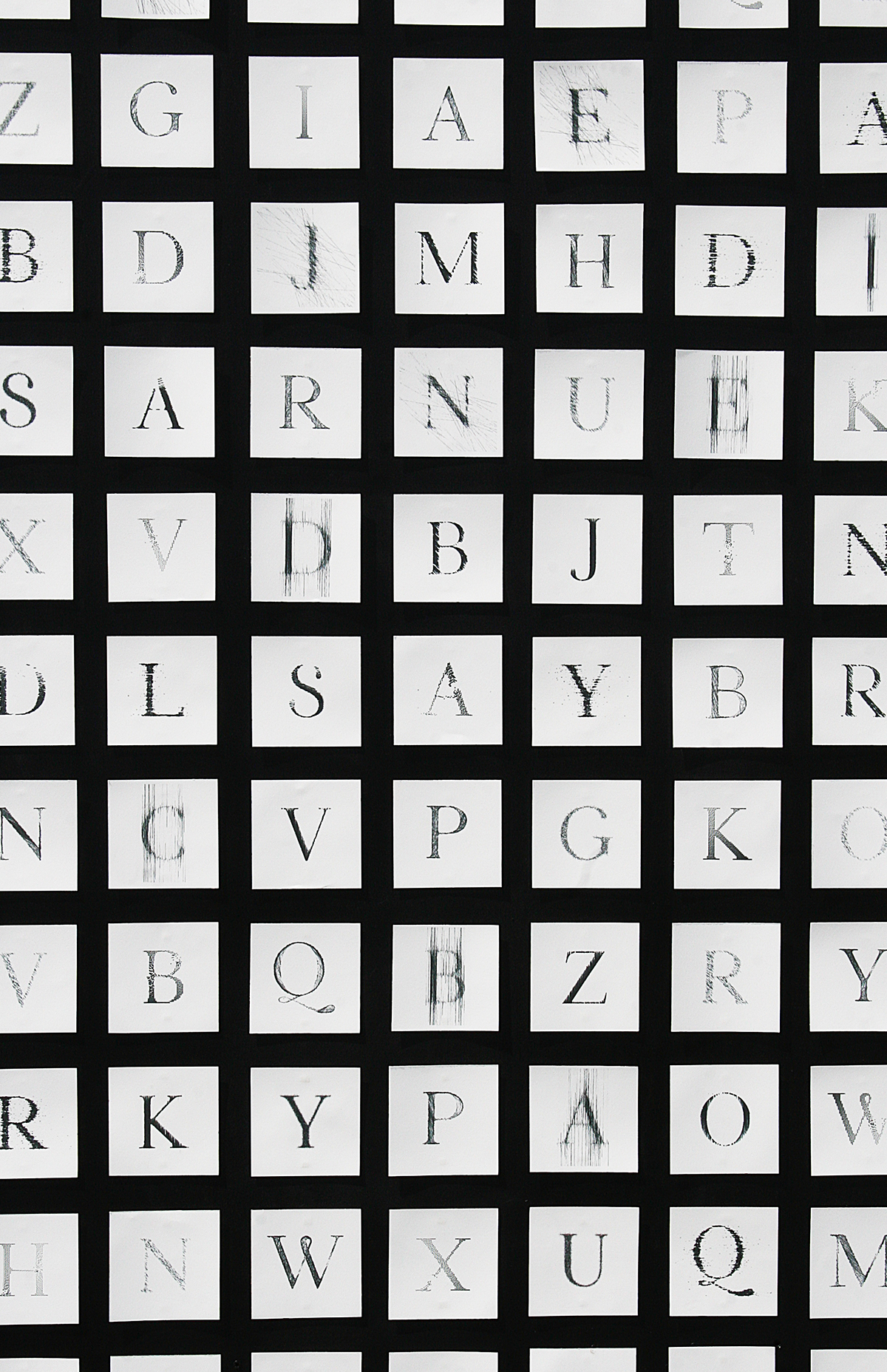
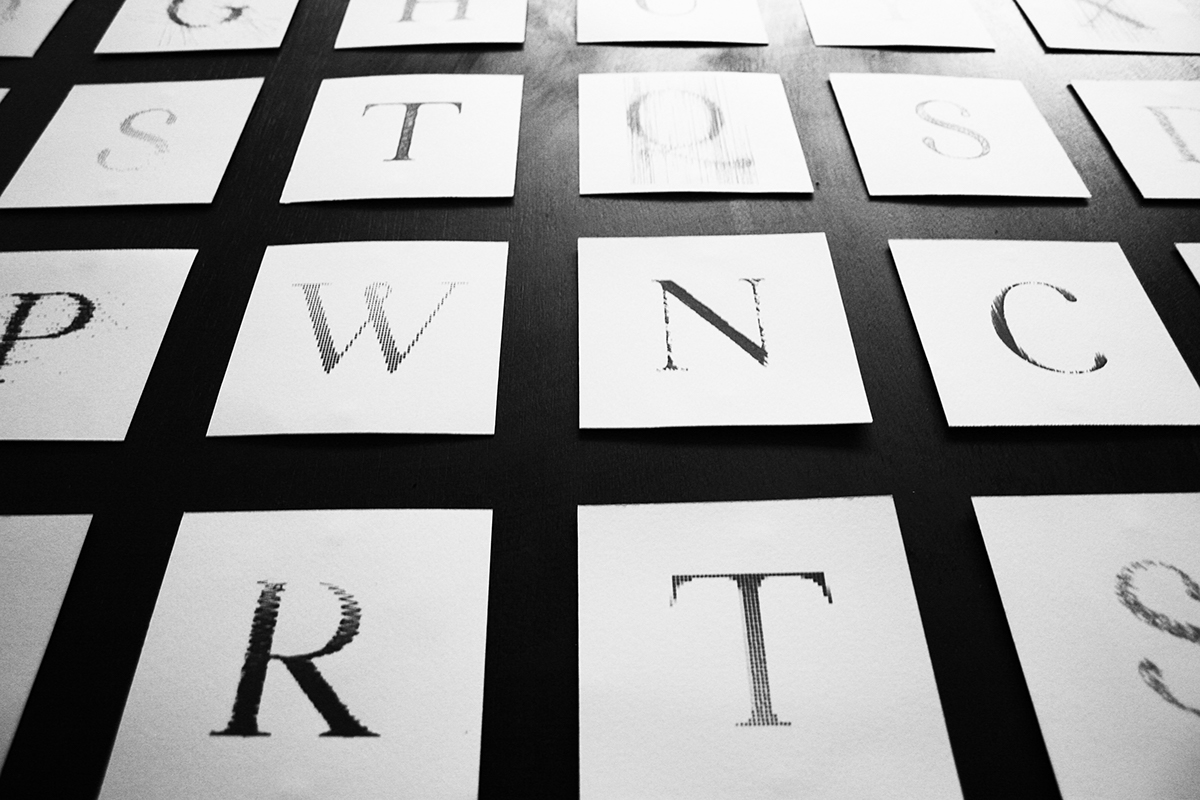

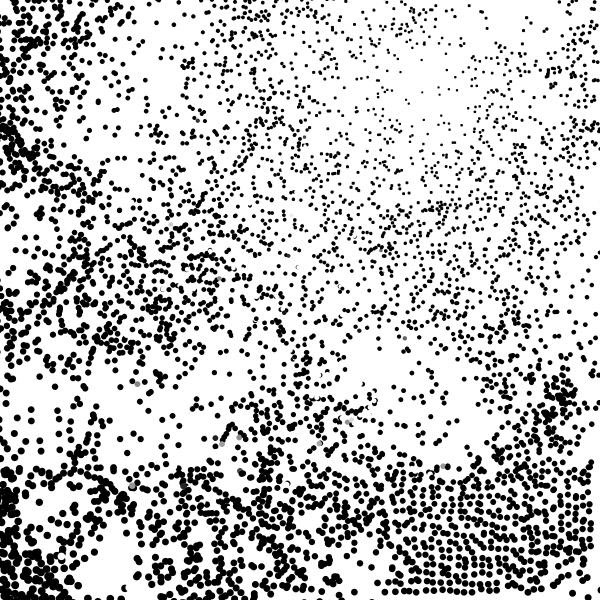
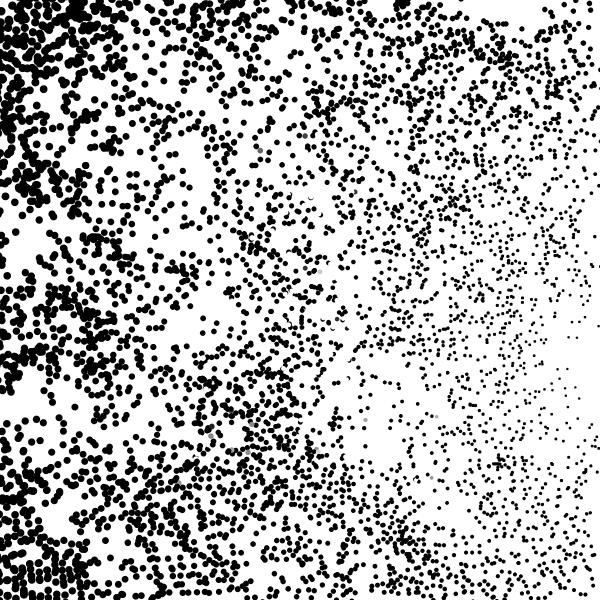
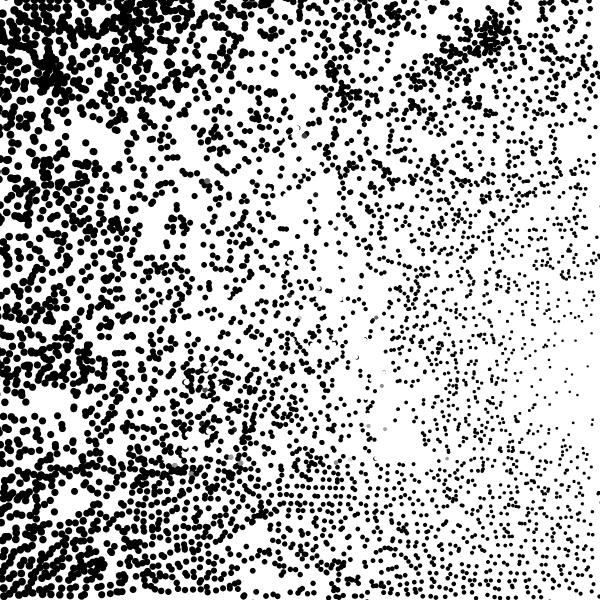
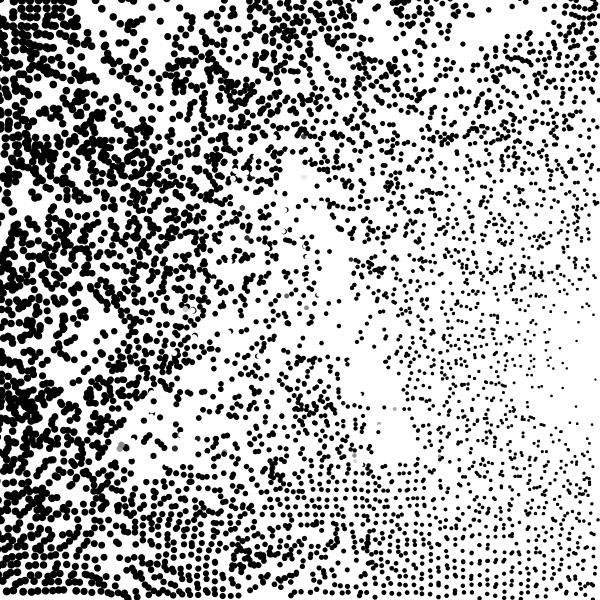
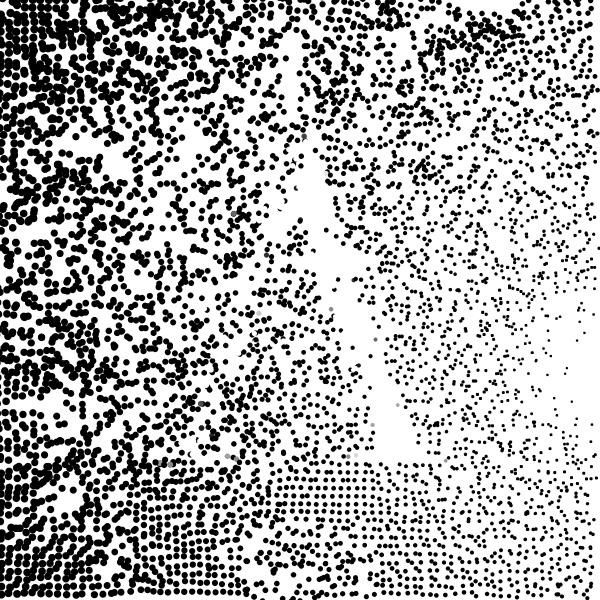
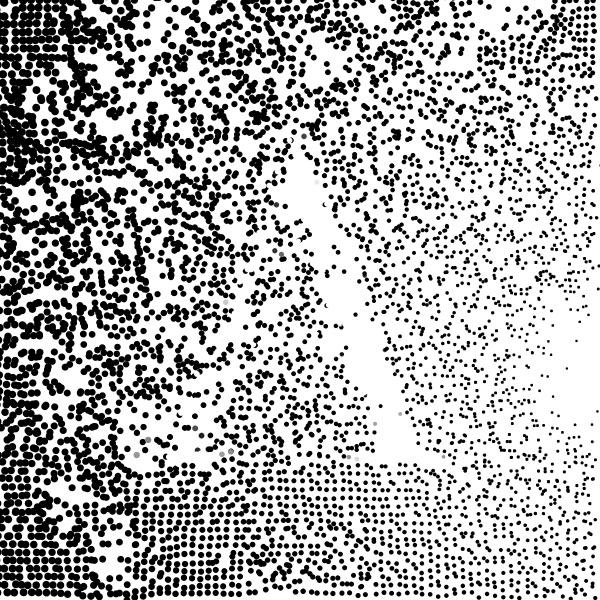

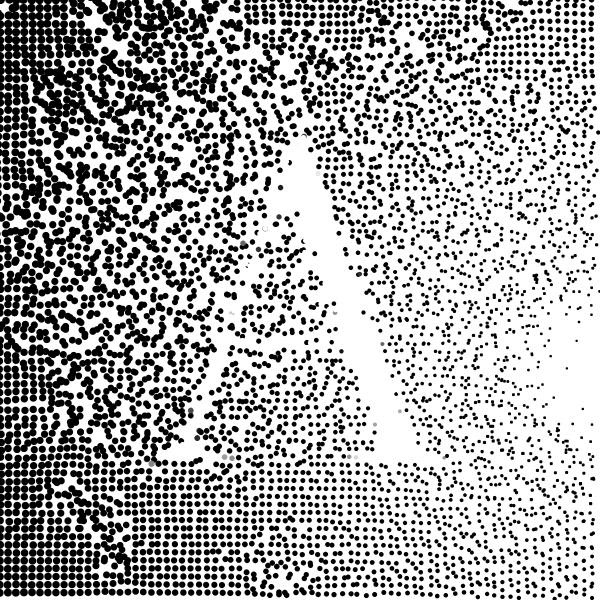
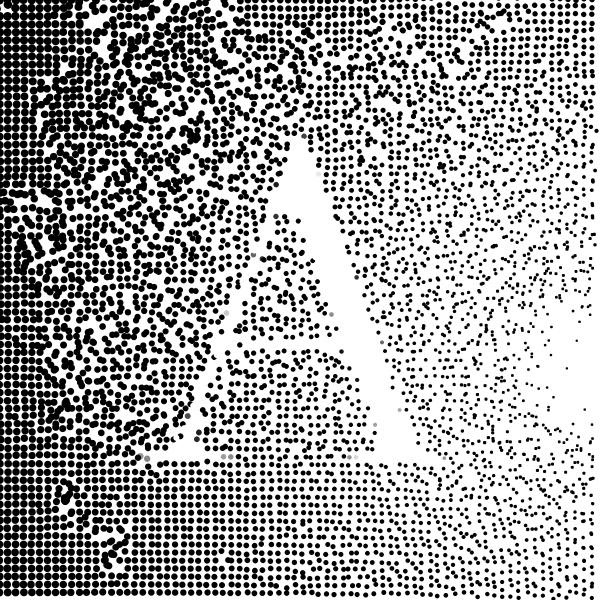
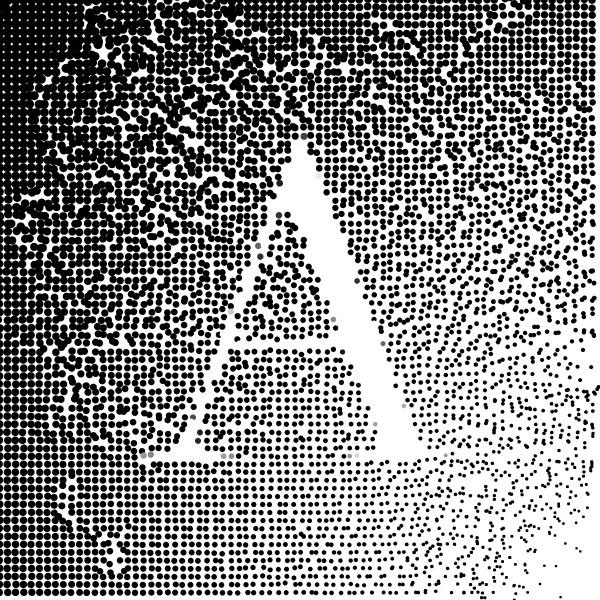
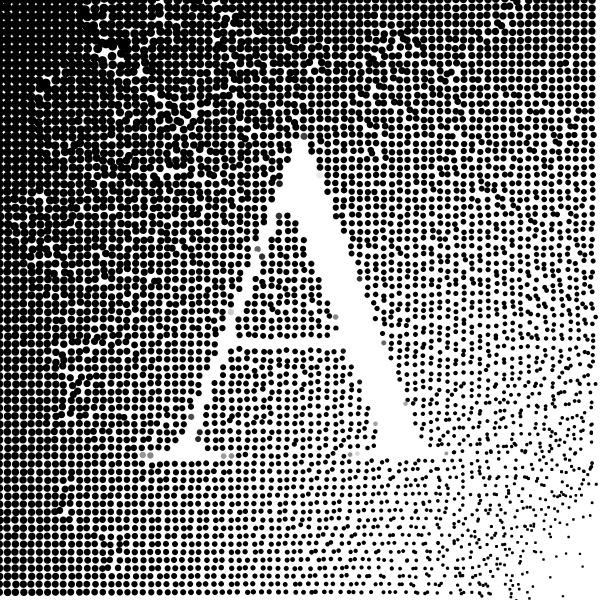
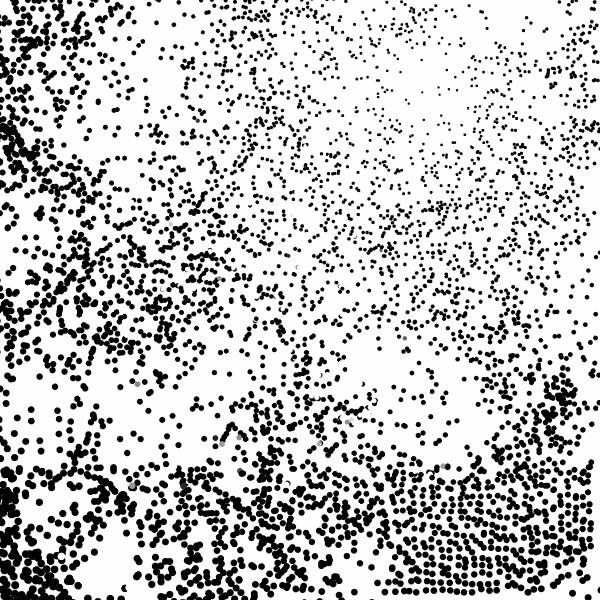
Thanks for viewing!
01110100 01101000 01100001
01101110 01101011 01110011
00100000 01100110 01101111
01110010 00100000 01110110
01101001 01100101 01110111
01101001 01101110 01100111
